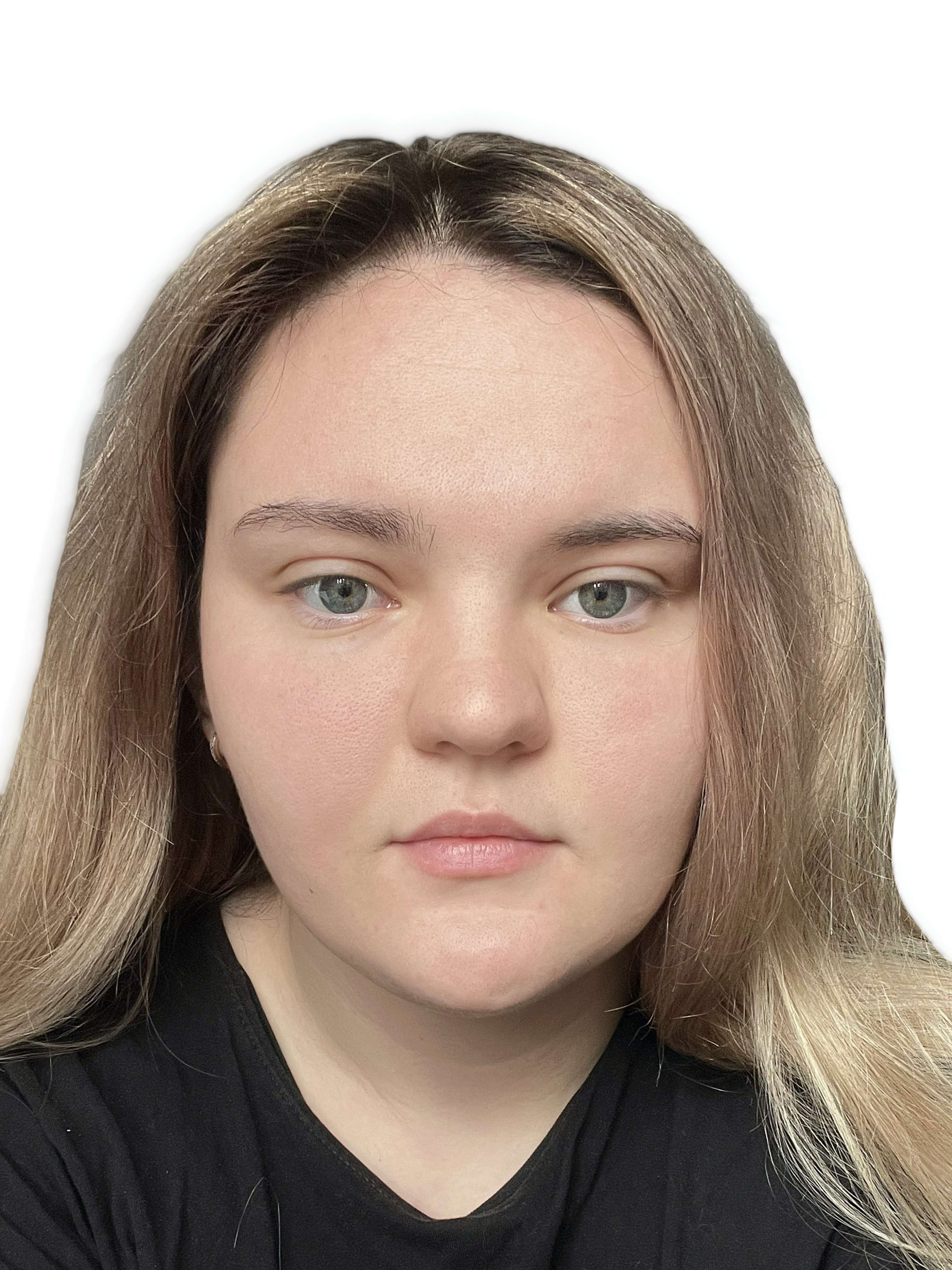Research in the field of semiconductor pixel detectors from the Timepix family applied in nuclear medicine tasks, such as single-photon emission computed tomography (SPECT) and computed tomography (CT), represents a crucial area of modern scientific investigations. These detectors possess high sensitivity to ionizing radiation and are capable of accurately registering its characteristics, making them suitable for use in medical devices and technologies. Within the scope of this project, the principles of operation of semiconductor pixel detectors from the Timepix family, their application in SPECT and CT tasks, as well as the potential prospects for further development of this technology in the medical field, are examined. Research in this field has the potential to lead to the development of more precise and efficient methods for the diagnosis and treatment of radiation-related diseases, contributing to the enhancement of the quality of medical practice.
Tasks
The tasks in this project will include several laboratory works, starting from data acquisition and processing from detectors and concluding with the creation of a tomographic 3D reconstruction.
Preliminary schedule by topics/tasks
1. Basic Principles of Ionizing Radiation Detection
2. Fundamentals of Working with Semiconductor Detectors
3. Basics of CT
4. Acquisition and Reconstruction of CT Projections
5. Practical Assignment #1
6. Basics of SPECT
7. Decoding SPECT Projections and Their Subsequent Tomographic Reconstruction
8. Practical Assignment #2
9. Fundamentals of 3D Visualization Software
10. Practical Assignment #3
11. Prospects of Using Timepix Detectors in Medical Applications.
Required skills
Obligatory: general physics, course on nuclear physics
Desireably: computing skills, knowledge of Python
Acquired skills and experience
The student will gain knowledge and skills in:
1. Ionizing radiation detection and processing.
2. SPECT and CT in medicine.
3. Acquisition and reconstruction of CT projections.
4. Decoding and reconstructing SPECT projections.
5. Working with 3D visualization software.
6. Practical skills in equipment and software usage.
7. Understanding the prospects of Timepix detectors in medical applications.
Recommended literature
S.R. Meikle, P. Kench, M. Kassiou and R.B. Banati, Small animal SPECT and its place in the matrix
of molecular imaging technologies, Phys. Med. Biol. 50 (2005) R45.
B.L. Franc, P.D. Acton, C. Mari and B.H. Hasegawa, Small-animal SPECT and SPECT/CT:
important tools for preclinical investigation, J. Nucl. Med. 49 (2008) 1651.
T.E. Peterson and L.R. Furenlid, SPECT detectors: the Anger Camera and beyond, Phys. Med. Biol.
56 (2012) R145.
D. Turecek, J. Jakubek, E. Trojanova and L. Sefc, Compton camera based on Timepix3 technology,
2018 JINST 13 C11022.
D. Weber, M. Ivanovic, D. Franceschi et al., Pinhole SPECT: an approach to in vivo high resolution
SPECT imaging in small laboratory animals, J. Nucl. Med. 35 (1994) 342.
T.E. Peterson and S. Shokouhi, Advances in Preclinical SPECT Instrumentation, J. Nucl. Med. 53
(2012) 841.
E.E. Fenimore, Coded aperture imaging: predicted performance of uniformly redundant arrays,
Appl. Opt. 17 (1978) 3562.
S.R. Gottesman and E.E. Fenimore, New family of binary arrays for coded aperture imaging, Appl.
Opt. 28 (1989) 4344.
X. Llopart, R. Ballabriga, M. Campbell, L. Tlustos and W. Wong, Timepix, a 65k Programmable
Pixel Readout Chip for Arrival Time, Energy and/or Photon Counting Measurements, Nucl. Instrum.
Meth. A 581 (2007) 485.
S. Procz, C. Avila, J. Feya, G. Roque, M. Schuetz and E. Hamann, X-ray and gamma imaging with
Medipix and Timepix detectors in medical research, Radiat. Meas. 127 (2019) 106104.
R. Accorsi et al., High Resolution I-125 Small Animal Imaging with a coded aperture and a hybrid
pixel detector, IEEE Trans. Nucl. Sci. 55 (2008) 481.




